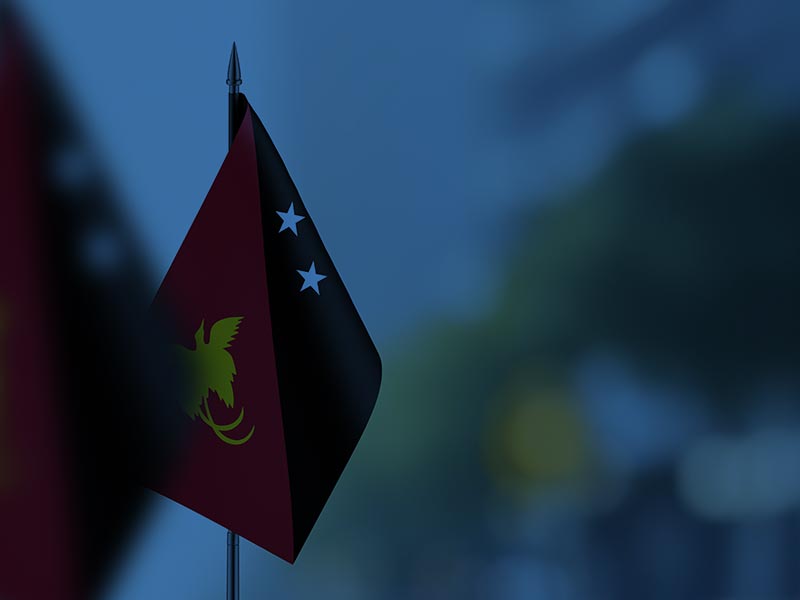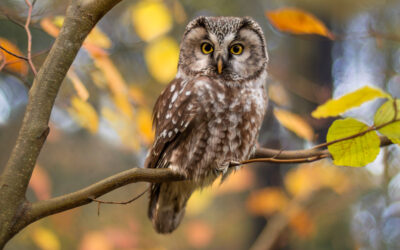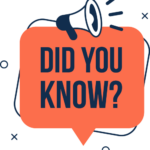Papua New Guinea (PNG) is home to over 800 languages, making it one of the most linguistically diverse countries in the world. This extraordinary variety accounts for nearly 12% of the world’s languages, with a population of around 9 million people. The languages are primarily divided into two groups: Austronesian and Papuan.
Austronesian languages, found mainly in coastal regions, include widely spoken languages like Tolai and Motu. These languages typically feature simpler grammatical structures, often adhering to a subject-verb-object (SVO) word order. Hiri Motu, for example, was developed as a trade language and is characterized by its accessibility.
In contrast, Papuan languages, predominantly spoken in the interior highlands, are highly diverse and do not belong to a single family. Languages such as Enga and Huli exhibit complex grammatical systems, including intricate verb conjugations and multiple noun classes. Some Papuan languages are also tonal, where pitch variations can change word meanings.
Additionally, Tok Pisin, a creole language derived from English, serves as a lingua franca and one of PNG’s official languages. While it simplifies many aspects of English, it incorporates indigenous vocabulary, reflecting the country’s rich cultural tapestry and linguistic heritage.
Related Articles
The Secret Lives of Owls—Masters of the Night
Owls, with their haunting calls and piercing eyes, are among the most enigmatic birds in the animal kingdom. Their unique adaptations make them masters of nocturnal hunting, from silent flight to...
The History of Paper Money—Currency Revolutionized
Before paper money, coins made of precious metals dominated economies for centuries. The concept of lightweight, portable currency first emerged in 7th-century China during the Tang Dynasty....
The Science of Soap Bubbles—Rainbows in the Air
Soap bubbles may seem simple, but they are marvels of physics and chemistry. These delicate spheres form when soap molecules stabilize a thin layer of water, creating a film that traps air. What...





